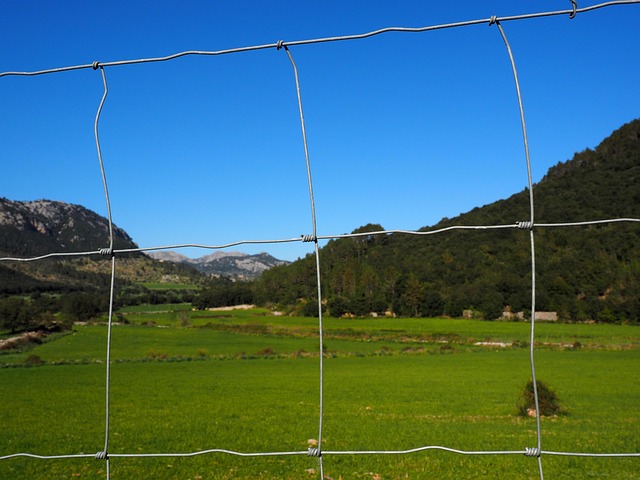Introducing the Art of Fence Staining and Sealing
Maintaining your wooden fence not only enhances curb appeal but also protects it from the elements. This article guides you through the process of fencing staining and sealing, offering insights into its numerous advantages, including enhanced beauty and longevity. We’ll delve into different staining types, walking you through the preparation process to ensure optimal results. Additionally, we’ll help you select the perfect stain and sealer, providing a step-by-step approach for achieving professional-grade finishes.
- Understanding Fence Staining: Benefits and Types
- Preparing Your Wooden Fence for Staining and Sealing
- Choosing the Right Stain and Sealer: Key Factors
- Step-by-Step Guide to Professional Fence Staining and Sealing
Understanding Fence Staining: Benefits and Types
Fence staining is a popular method to enhance the appearance and protect wooden fences. It involves applying a pigmented finish that can transform an ordinary fence into a striking feature of your outdoor space. Understanding the benefits and various types of stain is crucial for making an informed decision based on your needs and preferences.
The primary advantage of fencing staining is its longevity. It shields the wood from damaging elements like UV rays, moisture, and extreme temperatures, thereby preventing premature aging and rotting. Stains also fill in pores and crevices, concealing imperfections and dirt, resulting in a cleaner, more aesthetically pleasing fence. Different stain types offer diverse options: semi-transparent allows for some grain visibility while providing protection; transparent stains offer maximum wood transparency and visual appeal; solid or full-coverage stains completely obscure the wood, creating a vibrant, new color.
Preparing Your Wooden Fence for Staining and Sealing
Before applying stain or sealant, preparing your wooden fence is a crucial step. Start by thoroughly cleaning the fence to remove any dirt, dust, mildew, or mold. This can be done using a pressure washer or a stiff brush and mild detergent. Ensure the wood is dry completely before proceeding.
Next, inspect the fence for any damaged or loose boards, splinters, or rot. Repair or replace these as needed to create a smooth surface. Filling any cracks with wood putty and sanding until smooth will help the stain adhere better. Finally, dust off the fence again to remove any remaining debris, allowing you to achieve a professional finish when staining and sealing.
Choosing the Right Stain and Sealer: Key Factors
When selecting a stain and sealer for your wooden fence, several crucial factors come into play. First, consider the climate in your region. Extreme weather conditions can impact the longevity of your product, so choose a stain and sealer that are suitable for your area’s specific challenges, be it intense sunlight, heavy rainfall, or harsh winters.
The type of wood on your fence is another critical aspect. Different woods have varying porosity levels, which affect how well they absorb stain. Some stains may work better with certain types of wood than others. Additionally, choose a sealer that provides adequate protection against water, UV rays, and mold growth to ensure the longevity and aesthetic appeal of your fence.
Step-by-Step Guide to Professional Fence Staining and Sealing
Professional fence staining and sealing is a multi-step process designed to protect and enhance your wooden fence’s appearance. It begins with thorough cleaning to remove dirt, dust, and mildew using a pressure washer or a specialized cleaner. Next, inspect the fence for any damaged areas, such as rotten wood or loose boards, which should be repaired before proceeding.
Once the fence is clean and repaired, apply a primer coat to ensure better adhesion of the stain. After allowing it to dry, choose your desired color of exterior wood stain and evenly spread it across the fence using a brush or roller. Finally, seal the stained fence with a high-quality water-based sealer, ensuring even coverage for maximum protection against the elements.
